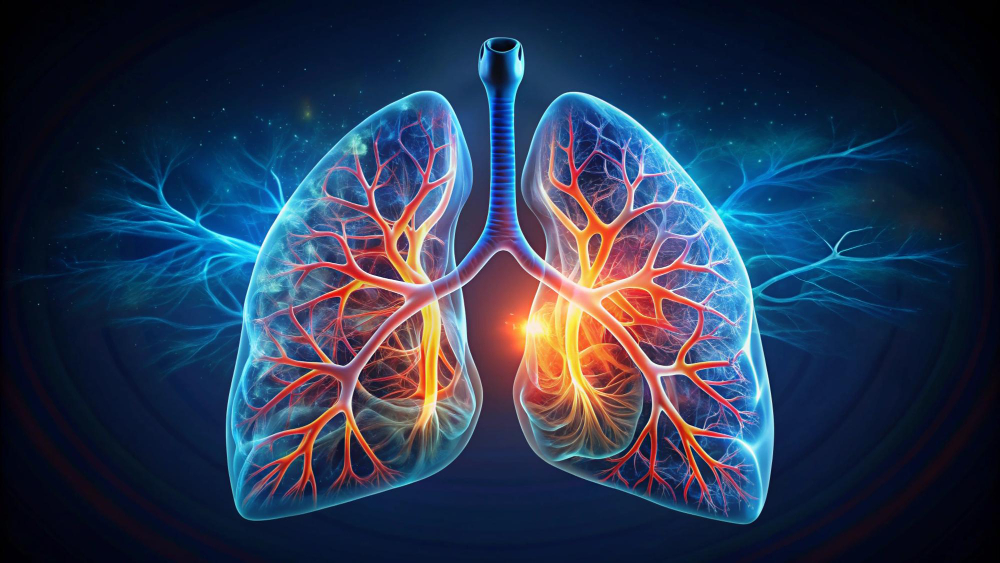What is ARDS?
ARDS, or Acute Respiratory Distress Syndrome, is a serious lung condition. It happens when fluid builds up in the air sacs of the lungs. Because of this, the lungs cannot fill with enough air. As a result, less oxygen reaches the blood. This can make it hard for organs to work well. According to the CDC, ARDS often develops quickly and needs urgent medical care. Although ARDS can affect anyone, it is more common in people who are already very ill or have major injuries.
Common Symptoms of ARDS
Early signs of ARDS can look like other breathing problems. However, symptoms often get worse fast. Watch for these signs:
Because ARDS symptoms can appear suddenly, it is important to act quickly. If you notice these signs, seek medical help right away.
Causes and Risk Factors
ARDS is not a disease itself. Instead, it is a reaction to another health problem. Many things can cause ARDS. For example, common causes include:
Some people have a higher risk of ARDS. These risk factors include:
Even so, ARDS can happen to anyone after a serious illness or injury.
How ARDS is Diagnosed
Doctors use several steps to diagnose ARDS. First, they check your symptoms and medical history. Next, they may order tests, such as:
Because ARDS can look like other lung issues, doctors use these tests to make sure of the diagnosis. According to the WHO, early diagnosis helps improve outcomes.
Treatment Options for ARDS
Treating ARDS usually means caring for the lungs and treating the cause. Most people with ARDS need to stay in the hospital. Often, they need care in an intensive care unit (ICU). Treatment options include:
Although recovery can take time, many people improve with proper care. Some may need rehabilitation after leaving the hospital.
Prevention and Lifestyle Tips
While you cannot always prevent ARDS, you can lower your risk. Here are some helpful tips:
Because some causes of ARDS are not preventable, it is important to stay healthy and seek care for infections or injuries quickly.
When to Seek Emergency Care
ARDS is a medical emergency. If you or someone you know has:
Call emergency services right away. Quick treatment can save lives. Even if you are unsure, it is better to get checked by a doctor.
If you or someone you know shows signs of ARDS, consult a healthcare specialist at Rapicue Healthcare for immediate, personalized care and expert treatment options.


